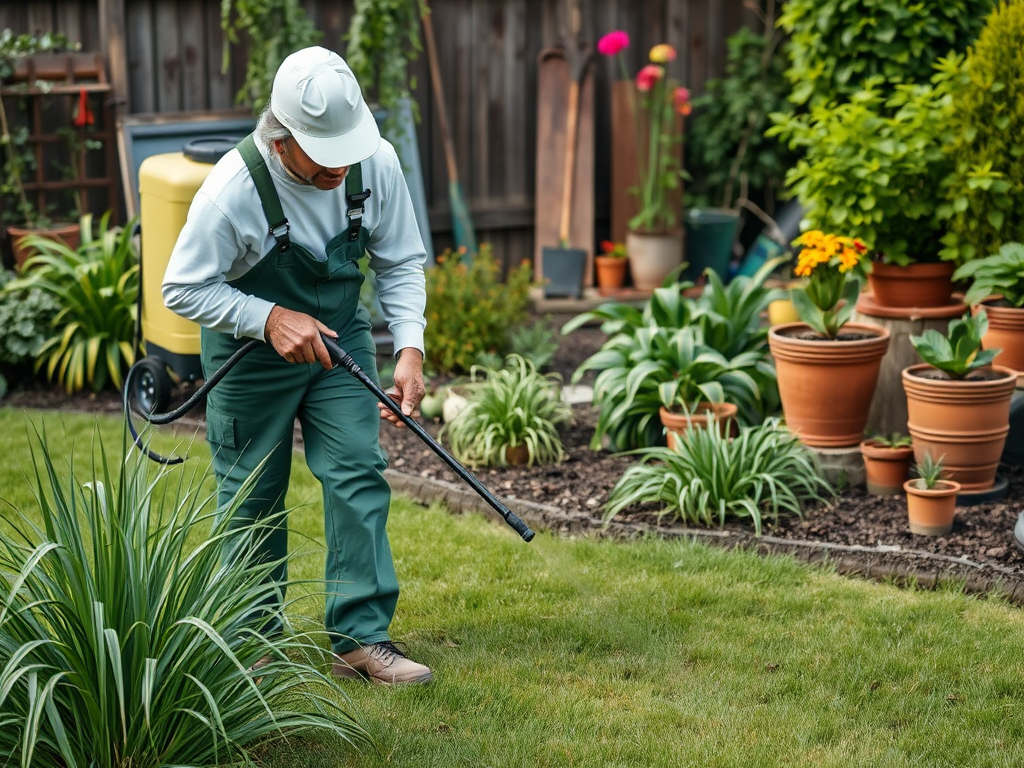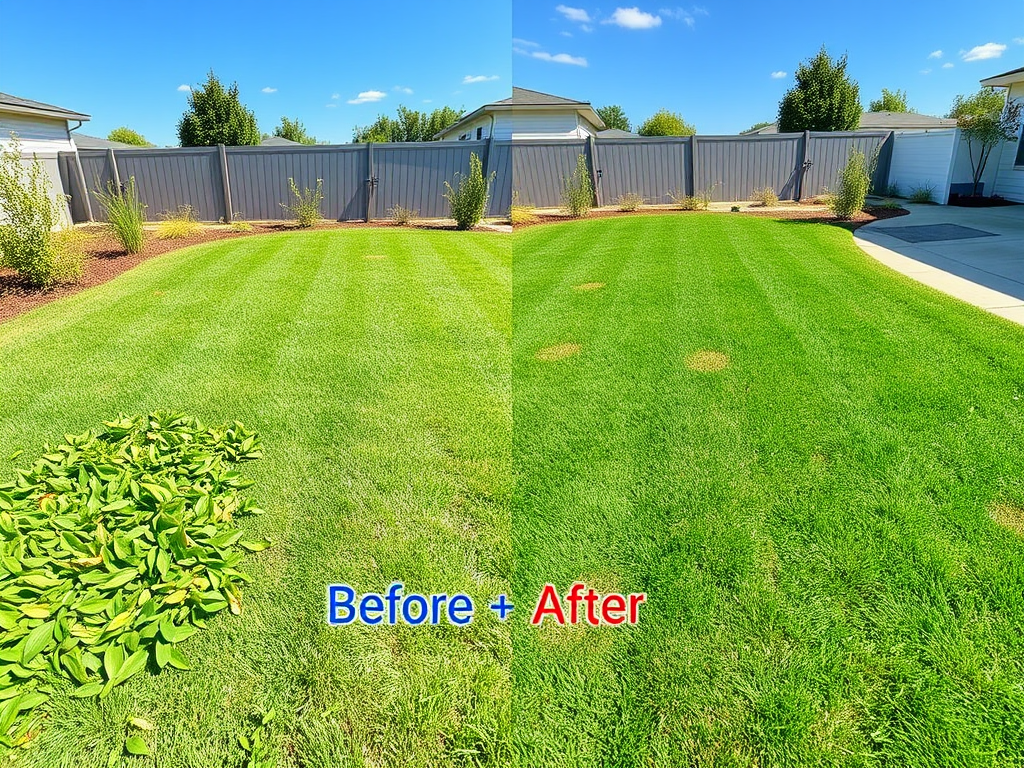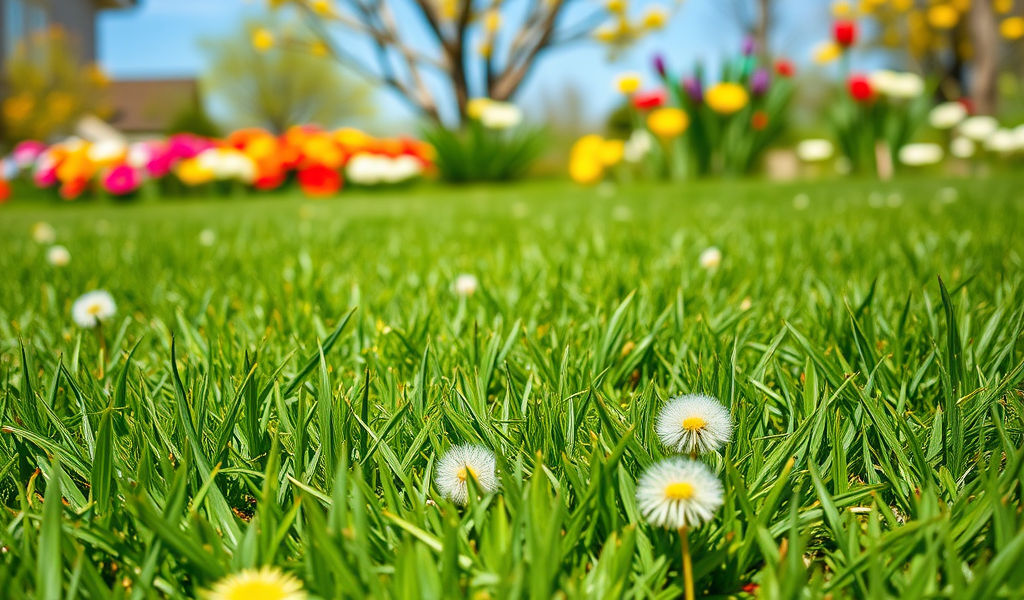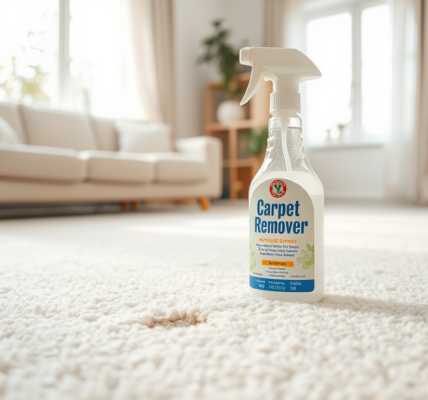As spring approaches, the lush greenery of your lawn begins to awaken after the cold winter months. The vibrant hues of your grass are wonderful, but so are the unwelcome guests known as weeds. These pesky intruders can quickly take over, suffocating your lawn’s growth and tarnishing its appearance. That’s where choosing the right lawn weed killer becomes essential, providing the combat needed to reclaim your outdoor space. A well-maintained yard not only improves your home’s aesthetic but also enhances its value.
Spring is the perfect time to tackle the weeds that have been lying dormant. Understanding which types of weeds are plaguing your lawn and applying the proper weed killer can set the tone for a flourishing garden. With the right preparations and knowledge, your yard can flourish beautifully throughout the season. In this comprehensive guide, we’ll explore the best weed killers, their effectiveness, and how to prepare your lawn for a spectacular spring.
Understanding Weeds and Their Impact

Weeds come in various forms and can greatly affect your lawn’s health. Common culprits include dandelions, clover, and crabgrass, each vying for resources that your grass needs to thrive. Allowing these weeds to flourish can lead to a compounded problem as they compete for nutrients and water. Early detection and control are crucial for maintaining a healthy lawn. When weeds are left unchecked, they produce seeds that can propagate your lawn even further, making the problem worse.
Effective weed control not only helps maintain your lawn’s appearance but also supports its overall health. A weed-infested yard can become an unattractive sight, lowering your home’s curb appeal. Moreover, certain weeds can harbor pests or diseases that may threaten other plants in your garden. Thus, being proactive in your weed management will ultimately lead to a more vibrant, flourishing lawn. This proactive approach aids in cultivating strong, healthy grass capable of fending off unwanted growth in the future.
Choosing the Right Lawn Weed Killer

Types of Weed Killers
Choosing the correct type of weed killer can make all the difference in both effectiveness and safety. There are two main categories: pre-emergent and post-emergent weed killers. Pre-emergent weed killers prevent weed seeds from germinating, while post-emergent options target weeds that have already sprouted. Depending on your specific lawn’s needs, you may find one type far more effective than the other. Additionally, herbicides can be classified into selective and non-selective. Selective herbicides kill specific weeds without harming your grass, whereas non-selective herbicides destroy all plant life in their vicinity.
| Type | Best For | Application Timing |
|---|---|---|
| Pre-emergent | Weed prevention | Early spring |
| Post-emergent | Existing weeds | Mid to late spring |
| Selective | Specific weeds | Throughout the growing season |
| Non-selective | Total eradication | As needed |
Key Ingredients to Look For
When selecting a weed killer, it’s essential to scrutinize the ingredients. Each component plays a key role in the product’s effectiveness. Common active ingredients such as glyphosate and 2,4-D grant potent weed control. For those inclined towards eco-friendly options, organic ingredients like vinegar and citric acid are also available and can perform admirably against various weeds. However, understanding the specific needs of your lawn will help you choose the most effective formula. Reading labels can aid in comparing the strengths and weaknesses of different products before making a purchase.
Application Techniques for Effective Weed Control
Proper application techniques are vital for maximizing the effectiveness of your chosen weed killer. To start, timing is everything; early morning or late evening is often the best time to apply these products when winds are calm, and temperatures are cooler. This practice reduces the risk of drift and ensures better absorption. Moreover, uniform coverage is crucial, as missed spots can lead to continued weed growth. Always follow the label’s guidelines regarding the amount to apply, as over-application can damage your lawn.
Additionally, use protective gear such as gloves and masks to ensure safety. It’s also wise to have a plan in case of accidental overspray. Finally, allow sufficient time before mowing after application, as this provides the weed killer time to act on the targeted plants without interference from the mower. By adhering to these guidelines, you can effectively tackle weeds while also caring for your lawn.
Preparing Your Lawn for Spring
Before applying any weed killer, it’s essential to prepare your lawn thoroughly. A robust preparation routine can greatly enhance the efficacy of your weed control efforts. Start with mowing your lawn to a slightly lower height; this will allow the weed killer to penetrate better. Aerating your lawn improves soil health and ensures that nutrients reach the roots effectively. Additionally, watering your lawn a day before application can help the grass recover from the herbicide’s effects.
Another important preparatory step involves understanding your specific type of grass. Different grass types have different tolerances to weed killers. This knowledge will help you avoid damage to your lawn while effectively eliminating unwanted greenery. After all, a well-prepared lawn is the first step toward achieving strong, healthy grass that can compete against weeds all season long.
Recommendations for the Best Lawn Weed Killers
When considering the best lawn weed killers for your yard this spring, here are some of the top-rated products based on effectiveness, safety, and ease of application:
- Roundup Ready-To-Use: Ideal for total weed eradication.
- Ortho Weed B Gon: Perfect for selective targeting of broadleaf weeds.
- Preen Garden Weed Preventer: Excellent for pre-emergent control.
- Natural Armor Organic Weed Killer: An eco-friendly option that is safe for pets.
- Green Gobbler Vinegar Weed & Grass Killer: A strong but organic alternative with fast results.
Choosing between chemical and natural weed killers often boils down to personal preference and lawn type. Natural alternatives may take longer to work but can be a reliable option for those advocating for environmentally responsible practices. Conversely, chemical options tend to offer faster, more comprehensive results but may require careful handling. Understanding the trade-offs will ultimately help viewers make an informed choice.
Conclusion
As you prepare to combat spring weeds, remember that the importance of choosing the right weed killer cannot be overstated. A healthy lawn adds visual appeal to your property while providing a thriving outdoor oasis for family and friends. By being proactive in your weed management efforts, you set the stage for a successful growing season. Familiarize yourself with weed types, application techniques, and the products available to you, and you’ll find that maintaining your lawn becomes a much more manageable task. Enjoy your outdoor space with confidence, knowing you have the tools to keep it flourishing.
Frequently Asked Questions
- What is the best time to apply weed killer in spring? – The best time to apply weed killer is when temperatures are consistently above 55°F and before weeds begin to germinate.
- Can I use weed killer on newly seeded lawns? – It’s advisable to wait until the new grass has established, usually about 6-8 weeks, before applying weed killer.
- Are organic weed killers effective? – Yes, organic weed killers can be effective, particularly for specific types of weeds. However, results may vary compared to synthetic options.
- How often should I apply weed killer in spring? – Depending on the product, reapplication can range from every few weeks to once per season. Always follow the label instructions for the best results.
- Is it safe to use weed killer around pets and children? – Many products have specific safety guidelines. Look for pet-safe or child-safe options and always follow application instructions to ensure safety.
- What should I do if I accidentally sprayed my lawn with weed killer? – Immediately water the area to dilute the chemical, and consult the product label for further action. If you’re concerned, contact a local extension service for advice.









